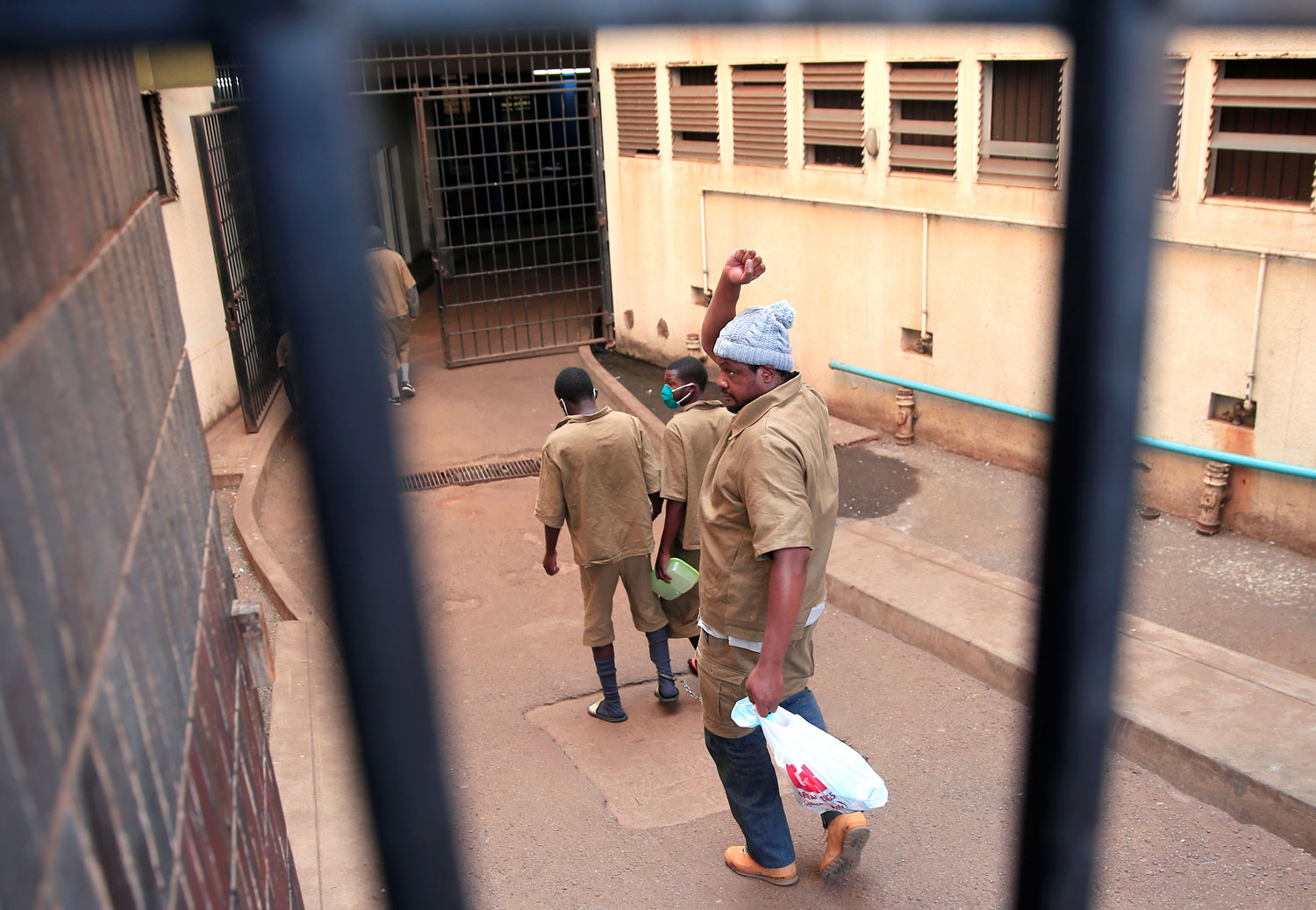These personal essays pull the curtain back to reveal the ins and outs of reporting on the plight of asylum-seekers, government corruption, the devastating effects of climate change, and the history of gun manufacturing in the United States. The authors describe the risks and challenges they face in their work. As 2024 comes to a close, revisit the year’s top 5 first-person essays from Nieman Reports.
For our visual journalism column, AfterImage, photographer Barbara Davidson shared her experiences on a reporting trip to the U.S.-Mexico border in December 2023. In the town of Jacumba, California, Davidson met asylum-seekers from Turkey, Brazil, China, and Afghanistan – many of whom were making the treacherous journey through the desert with young children. Davidson met Suny, a man from Nepal, who had been traveling alone for six months to reach the border. Davidson spoke with Nieman Reports about her time in Jacumba and the importance of humanizing migrants in national media coverage. “When we see the coverage we always see long lines of people. They’re anonymous. … Sometimes as journalists when we go smaller, it becomes more intimate. It allows our readers to have a more personal understanding of what is taking place in the desert.”
In 2020, Zimbabwean journalist and 2010 Nieman Fellow Hopewell Chin’ono exposed the embezzlement of a $60 million Covid-19 relief fund by political elites. His dogged reporting led to his arrest on July 20, 2020, during which police forcibly entered his home, confiscated his equipment, and detained him for two days without clear charges. Despite facing intimidation and imprisonment, Chin’ono remained steadfast in his commitment to uncovering corruption and advocating for press freedom in Zimbabwe, as he recounts in this essay for Nieman Reports’ 85th anniversary issue.
For AfterImage, photographer Sean Gallagher recounts how he captured the devastating effects of Typhoon Doksuri in China. According to Reuters, the typhoon brought “record-breaking rainfall” to Beijing and the “worst storms in 140 years” to hit the capital. Gallagher had to travel by bicycle to reach the most affected areas in Beijing’s suburbs, where he recorded the damage wreaked by the typhoon. “By focusing on the destruction in the aftermath of the floods in Beijing, especially destroyed and damaged cars and structures, I hope it elicits a pause in the viewer to reflect on the consequences of extreme weather in the age of the climate crisis,” he writes. “Nature does not care about us. It does not care about our inventions of convenience. It will continue to toss us aside as the crisis intensifies.”
In their book “American Gun: The True Story of the AR-15,” Wall Street Journal reporters Cameron McWhirter and Zusha Elinson trace the history of the AR-15 rifle, from its invention in the 1950s by Eugene Stoner to its current role as a polarizing symbol in America’s gun debate. For our Niemans @ Work column, McWhirter, NF ’07, discusses the writing process for his book, which is based on years of archival research and interviews with “veterans, politicians, legislative advisors, lawyers, shooters, and, most importantly, victims of mass shootings.” The book shows how the firearm has shaped U.S. history, politics, and society over the past six decades.
In this essay from our Sounding series by Nieman Fellows, Jaemark Tordecilla, NF ’24, reflects on the trajectory of his journalism career in the Philippines. He began reporting in 2009, covering the aftermath of the Maguindanao massacre, in which 58 people, including over 30 media workers, were killed. Tordecilla’s tenure at the Philippine Center for Investigative Journalism exposed him to the manifold challenges confronting Filipino journalists: threats of violence, political intimidation, legal harassment, and economic pressures. Despite these adversities, Tordecilla advanced to leadership roles, becoming editor in chief of GMA News Online in 2014. Leveraging his technology background, he spearheaded new storytelling methods across social media. Under his guidance, GMA News became one of the Philippines' most trusted news brands, achieving a 70% trust score in the Reuters Institute’s Digital News Report in 2022, even as overall trust in news remained low in the country.



